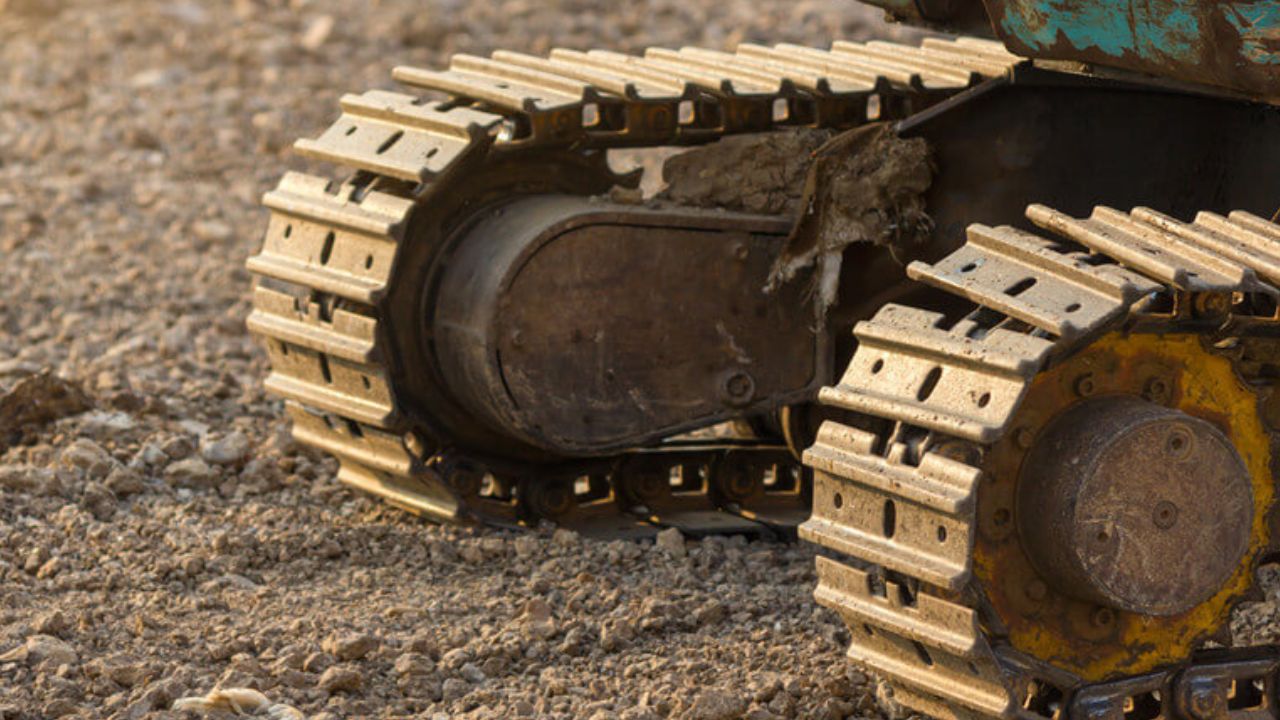When it comes to metal shaping processes, forging stands out as one of the oldest and most reliable methods. Forge your way into the world of forging, where metals are transformed into strong and durable components for various industries. In the realm of forging, two prominent techniques dominate the scene: both hot and cold forging.
Both methods have their unique characteristics and applications, offering distinct advantages depending on the requirements of the manufacturing process. In this comprehensive guide, we will delve into the world of both hot and cold forging, exploring their differences, benefits, and applications.
So, whether you're considering the precision of cold forging or the strength of hot forging, the world of metal shaping awaits. Explore the possibilities, weigh the options, and go now on your journey to harness the power of forging in creating robust and reliable components for diverse industries.
Understanding Cold Forging
Cold forging is a metal-forming process that takes place at or near room temperature. It involves deforming metal into the favored form through compressive forces. Cold forging is known for its ability to produce precise and intricate parts with excellent surface finish and dimensional accuracy.
The process typically involves placing a metal blank into a die and subjecting it to high pressure, causing the metal to flow and take the shape of the die cavity. Cold forging is widely used for manufacturing small to medium-sized components, including fasteners, bolts, screws, and automotive parts.
Benefits of Cold Forging
Given are the benefits of cold forging:
- Cold forging significantly improves the strength and durability of metal components.
- Cold forging produces components with excellent surface finish and precision in dimensions.
- Cold forging enables the production of complex and intricate component shapes with tight tolerances.
- Cold forging offers cost advantages due to its material conservation, reduced machining requirements, and efficient production cycle.
Understanding Hot Forging
On the other hand, hot forging involves heating the metal to elevated temperatures and then shaping it to take the desired shape through compression. Hot forging is often performed at higher than the recrystallization temperature of the metal, which enhances its ductility and reduces the force required for deformation.
The heated metal is placed into a die and subjected to high pressure, resulting in plastic deformation and the formation of the desired shape. Hot forging is preferred for manufacturing large and complex components, such as crankshafts, connecting rods, and turbine blades, where the superior ductility of the heated metal allows for easier shaping and better material properties.
Benefits of Hot Forging
Given are the benefits of hot forging:
- Hot forging allows for better material flow and deformation due to the higher temperature of the metal.
- The high temperature during hot forging improves the metallurgical structure of the metal, resulting in enhanced mechanical properties.
- The high temperature of the metal during hot forging eliminates any existing defects or impurities, ensuring a more uniform and structurally sound final product.
- Hot forging allows for faster production rates compared to cold forging.
Choice between Cold & Hot Forging
The choice between cold forging and hot forging depends on several factors, including the desired component characteristics, material properties, production volume, and cost considerations. By understanding the advantages and applications of each forging method, manufacturers can make informed decisions and optimize their manufacturing processes for superior results.
Bottom Lines
Both cold forging and hot forging play vital roles in the world of metal shaping. The choice between the two techniques depends on factors such as component size, complexity, material properties, and production volume. Manufacturers and engineers must carefully consider these aspects to determine the most suitable forging method for their specific needs.


